On Sunday E-Mart, Homeplus and Lottemart reported combined sales of nearly 1,300 tons of U.S. beef since Nov. 27, when they resumed sales of U.S. beef.
In the same period, sales of Australian beef reached slightly more than 1,100 tons, down some 17 percent from the same period a year ago. Meantime, sales of homegrown hanwoo cattle product grew 5 percent to about 712 tons.
The USA has no mandatory expensive electronic Livestock identification tagging scheme (Australia does), they have been banned from exporting to South Korea since 2003 when they had their first case of Mad cow disease (Australia has never had a case) and now they are back in the market kicking our butts.
Australian beef producers pay $5 per head marketing levy to the Meat & Livestock Australia (MLA), USA producers pay $1. Australian producers must by law electronically tag and track every beast at an estimated cost of $30 per head, US producers have no such requirements as their NAIS scheme is voluntary.
Granted Australia and New Zealand have the cleanest and greenest beef in the world. Yet when it comes to selling into world commodity markets it means squat. There are only 3 considerations when buying certain grades of beef on world commodity markets,
1. Price
2. Price.
3. Price.
Australian Beef producers have a competitive disadvantage of $34 a head against US cattle producers because of the MLA levy and NLIS compliance costs.
The argument put forward by MLA and proponents of NLIS that it gives our producers a competitive market advantage in premium markets such as South Korea is clearly wrong and misleading. All they have saddled our producers with is an expensive, time consuming competitive disadvantage.




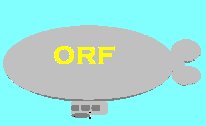

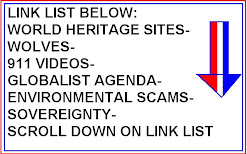


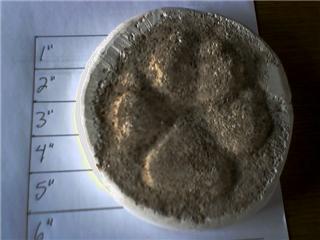


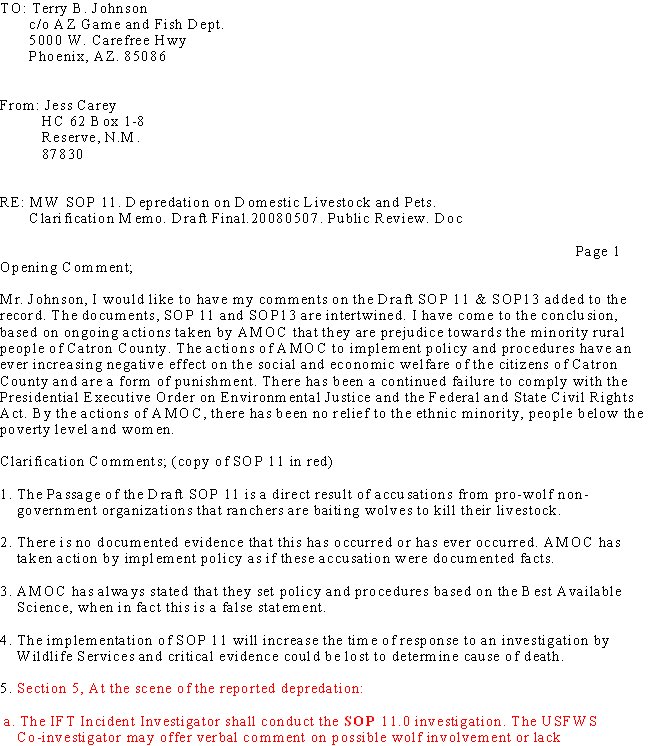
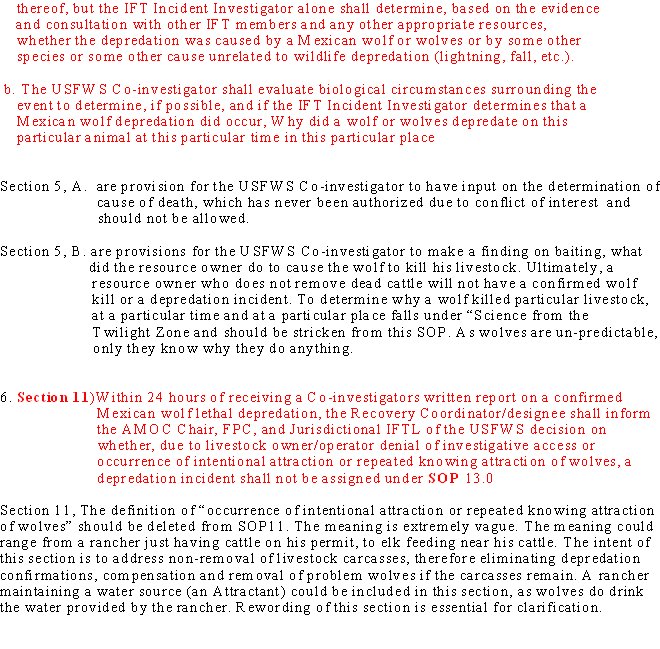
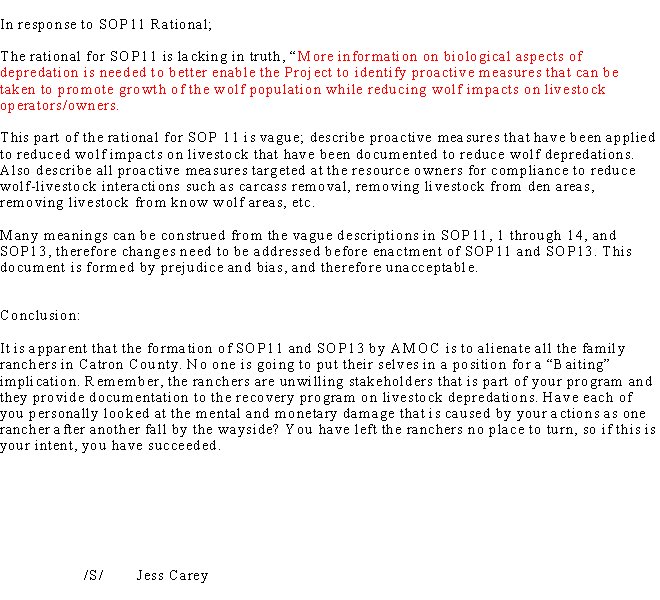

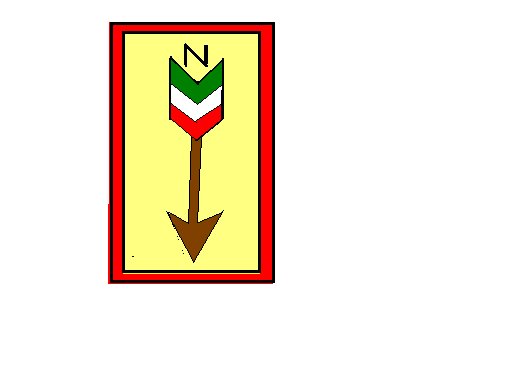


.jpg)


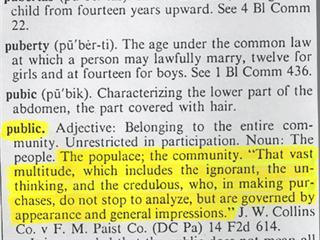









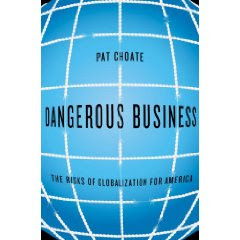
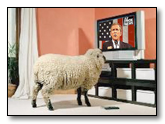

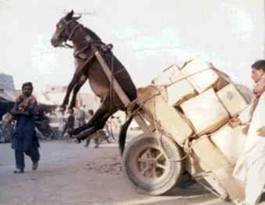


No comments:
Post a Comment